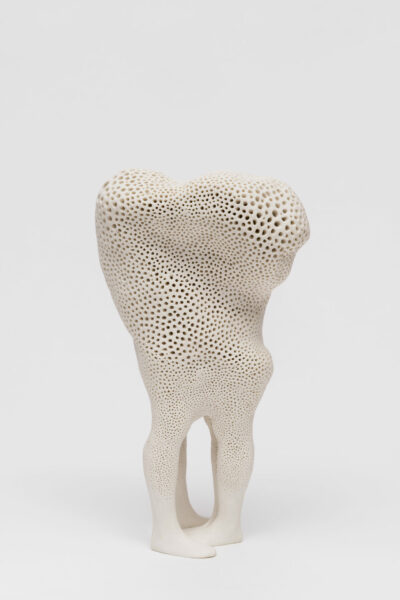




Frieze LA 2023
Carolina Caycedo’s artistic practice has a collective dimension to it in which performances, drawings, photographs and videos are not just an end result, but rather part of the artist’s process of research and acting. Her work contributes to the construction of environmental historical memory as a fundamental element for non-repetition of violence against human and non-human entities, and generates a debate about the future in relation to common goods, environmental justice, just energy transition and cultural biodiversity.
Pia Camil is a visual artist based in Acatitlán, State of Mexico. Her paintings, sculptures, performances and installations emphasize the importance of collectivity and are frequently done in collaboration with local manufacturers. The subject matter of her work focuses on the rural / urban contexts with a formal yet critical dialogue with modernism.
The work of Tania Candiani has been developed in various media and practices that maintain an interest in the complex intersection between languages systems -phonic, graphics, linguistic, symbolic and technological. She has worked with different associative narratives, taking as a starting point a proposal to invent from reordering, remixing, and playing with correspondences between technologies, knowledge and thought, using the idea of organization and reorganization of discourse, as a structure of creative and critical thinking and as material for actual production.
Claudia Fontes is after the poetic and political potential that emerge from making things and gathering with others, human and other-than-human. She sees her job as being a mediator of the multiple agencies involved in the making and the gathering. She has a long-standing interest in the animal behavior of humans and in what role art plays in it. Fontes believes that being an artist is being a host: we can only prepare the space for things to be and to make themselves present.
Aurora Pellizzi juxtaposes formal academic references of painting and sculpture with craft processes and materials. Her practice is informed by pre-industrial textile processes, such as backstrap loom weaving and dyeing with natural dyes. Blurring thresholds between the “fine” and “applied” arts and bi and three-dimensionality; Pellizzi creates surfaces and volumes that embody the subject they represent within a contemplative painterly-sculptural framework.













